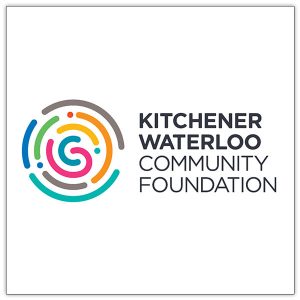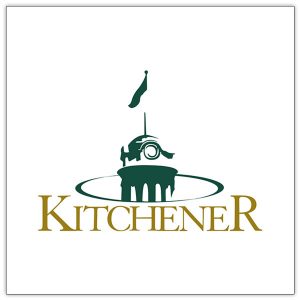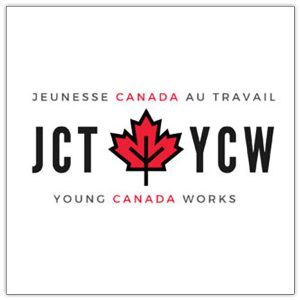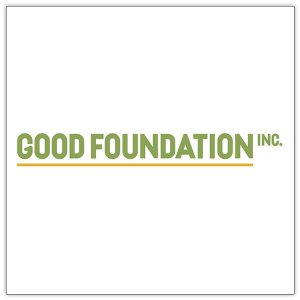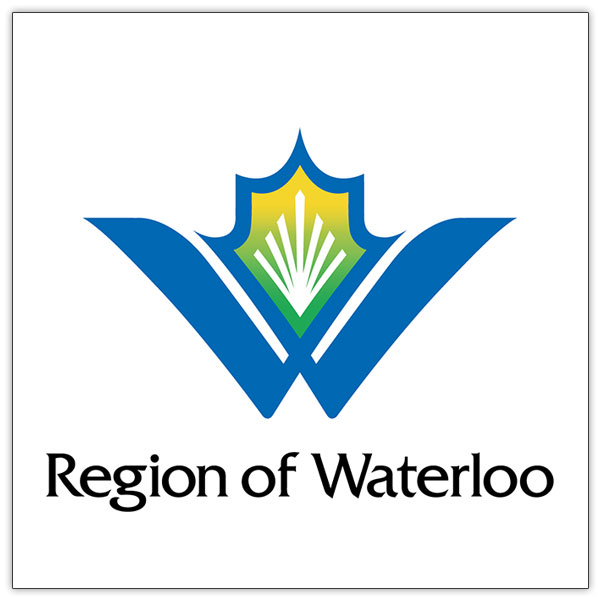Historical Walking Tour of Upper Doon
Doon is a suburb and former village in what is now Kitchener, Ontario. The earliest documented evidence of human settlement in the area goes back to 1500s when at least 2 indigenous groups existed in the Kitchener area, although it is believed that the area was used much earlier. These groups are believed to be the ancestors of the Neutral Nation. One of these villages was located in what is now Huron Natural area, 6km away from Homer Watson House & Gallery. The archaeological remains of 10 longhouses, pottery, bone and stone tools have been found at the site. The residents would have used the Grand River as an important source of transportation, fishing and foraging. It is likely that the trail along the river in Homer Watson Park was frequented by this group and others.
In 1784, an area 6 miles deep on either side of the Grand River was promised to the Six Nations by the British government to provide a new territory for the indigenous peoples who supported them during the American revolution. This was known as the Haldimand Treaty. The Neutral Nations who previously inhabited the area had been largely decimated by illnesses brought over by European settlers. The land was put in the guardianship of “Indian agents” and was leased, sold and reduced over a period of several years. The land was subsequently settled by early Mennonite pioneers.
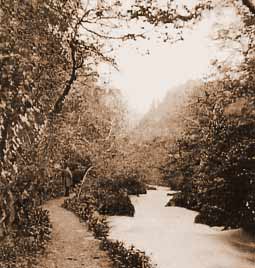
Doon owes its name to Adam Ferrie Jr., who came in 1834 to this section of the Grand River in search of a location to construct a mill. He found it at the confluence of Schneider’s Creek and the Grand River. The area reminded Ferrie of the River Doon, near Ayrshire, Scotland.
The Loch Doon area was memorialized in celebrated Scottish poet, Robert Burns piece “Ye banks and braes O’ bonnie Doon”
Adam Ferrie Jr. came from a very industrious and wealthy family. He bought 300 acres of land and cleared 100 to construct what must have seemed like an empire to the earlier settlers: a stone mill for flour, barley and oatmeal, a distillery, a store, a cooperage (a factory producing casks and barrels) and several homes. The Ferrie companies became a major source of employment and prosperity for the growing community of Doon.
By 1852 the Ferrie enterprises included the grist mill (for grinding grain into flour), a saw mill, tailor shop, blacksmith, shoemaker, wagonmaker, cooperage, tavern, farm, distillery, the Doon Inn, two stores, eleven houses for its workers and twenty lots that were sold to residents. The population of the entire community according to the 1851 census was 452. Adam’s brother, Robert Ferrie, also established a Post office and served as the Postmaster. By 1855, when Watson was born, Lower Doon was still essentially a “company town”.
Doon owes its creation to these earlier settlers, but it is Homer Watson’s paintings that give us our best glimpse of pioneer life in Doon. His works reflect the life and circumstances of our earliest pioneers, the beauty of nature and man’s imprint on it. He painted the trees and fields of Doon in all weathers and seasons. Homer Watson has been described as “the man who first saw Canada as Canada”.
Follow this walking tour of Doon to learn more about the history and beauty of Homer Watson’s Canada. This tour of Upper Doon includes many sites associated with Homer Watson’s younger years including his birthplace and the Watson family mill.
*Some of the historic places on this tour are now private houses, please be respectful of the owners and their properties.
This tour has been created in collaboration with Kitchener Public Library and the Waterloo Historical Society.
Homer Watson’s Birthplace - 1021 Doon Village Road
James Watson (grandfather of Homer) built this house in 1844. Mr. Watson came to Oregon (Now Upper Doon in the city of Kitchener) in the early 1800s and was one of the first industrialists of this area. The house was later the birthplace of landscape painter Homer Watson in 1855. Homer Watson lived here until he was 19 before leaving to pursue a career as a painter.
The house is a long low structure with sections of varying heights that is situated on a prominent corner lot. The apple trees, large maples, and outbuildings contribute to the rural character. Recipient of a Mike Wagner Heritage award in 2008
1115 Doon Village Road
This 1 ½ storey house was built in 1894 by David Cole the co-owner of the former Watson Woolen Mill. The house features a front gable construction, buff brick, bay windows with a bracketed roof, a small entrance porch, and original door with two tall narrow round arched panes.
1165 Doon Village Road
The Haalboom home is associated with Moses Billing Perine. The home was designed and built for Moses, one of the three Perine brothers who founded the Doon Twine and Cordage Company in 1856. The home is a classic example of the Italianate villa. This style of home became very popular among the local prosperous industrial leaders who emerged in the late 1800s and is reflected here. The structure features magnificent bay windows, arched brickwork, and decorative brackets under the eaves, with their fleur de lis ornamentation evoking the French Huguenot background of the Perine family. The home has maintained an important place within the village as it is a lasting reminder of the presence of these once prosperous industrial leaders who helped to shape and develop the area.
1170 Doon Village Road
This house was built circa 1860 by W.D. Perine. The house features elaborate roof detail with bracketed eaves and ridged frieze, main entrance on the east side with original double leaf doors and later additional of wrap around veranda with gingerbread trim. The garden is enclosed by Edwardian wire fence. The house, garden and fence contribute to the rural character.
1213-1217 Doon Village Road
This 2 storey building was built c.1880 by the Perine brothers (Moses and Jospeh Perine). The building is known as “The Terrace” and originally accommodated the workers that were brought from England, Ireland and Scotland to work in the flax and twine mills. The building features a side gable, nine bays, terracotta red brick, and three chimneys.
Doon Twines - 1221 Doon Village Road
This 2 storey building was built in 1853 by the Perine brothers as the office of their flax and twine mill. The office originally had warehousing on the first floor and offices on the second floor but has since been converted to residential. The building features a front gable with boxed cornice, planked soffit and frieze, and decorative brackets. Alterations to the building resulted in the loss of the original 12/12 hung windows.
This is the first building of the Doon Flax and Twine Mills, erected in 1853 by the Perine Brothers. The flax mill stood across the road, while the twine mill stood to the left of this building. When Moses Perine and his brothers Joseph and William arrived in Waterloo County they began encouraging local farmers to grow flax from which they could produce twine. Doon Twines was one of the early large manufacturers of twine in Canada. In the late 1880s, the complex was damaged in a large fire, leaving only three buildings of what was previously large factory employing 200 people. Because of this industry, this part of Doon was known as Tow Town. Doon Twines came under the ownership of the Krug family in the 1900s, and became Canada Cordage Inc., which still operates today out of Kitchener.
1252 Doon Village Road
This property was the site of the Perine Flax Mill complex between 1853 and 1955. The Perine brothers established both a sawmill and a flax mill in Tow Town (now Upper Doon in the City of Kitchener). The flax mill made such products as twine, rope, linen, socks and blanket. This mill was later taken over by a group of shareholders who renamed it Doon Twines. Doon Twines relocated to Berlin (Kitchener) during the First World War and was later renamed Canada Cordage. The site is now a public park , known as Doon Village Green, with a trail system that crosses Schneider Creek. The ruins of the stone foundation of the mill still remain. The site also featured a Jute Baler from Canada Cordage that was installed in 2009 under the City’s Industrial Artifacts program.
1265 Doon Village Road
This 1 ½ storey warehouse building is one of two remaining buildings that once formed part of the Perine Flax Mill. The building features fine craftsmanship with corbelled brick under the eaves and corners as well as 12/12 hung windows. The building id identified as one of the most significant remaining in Upper Doon.



